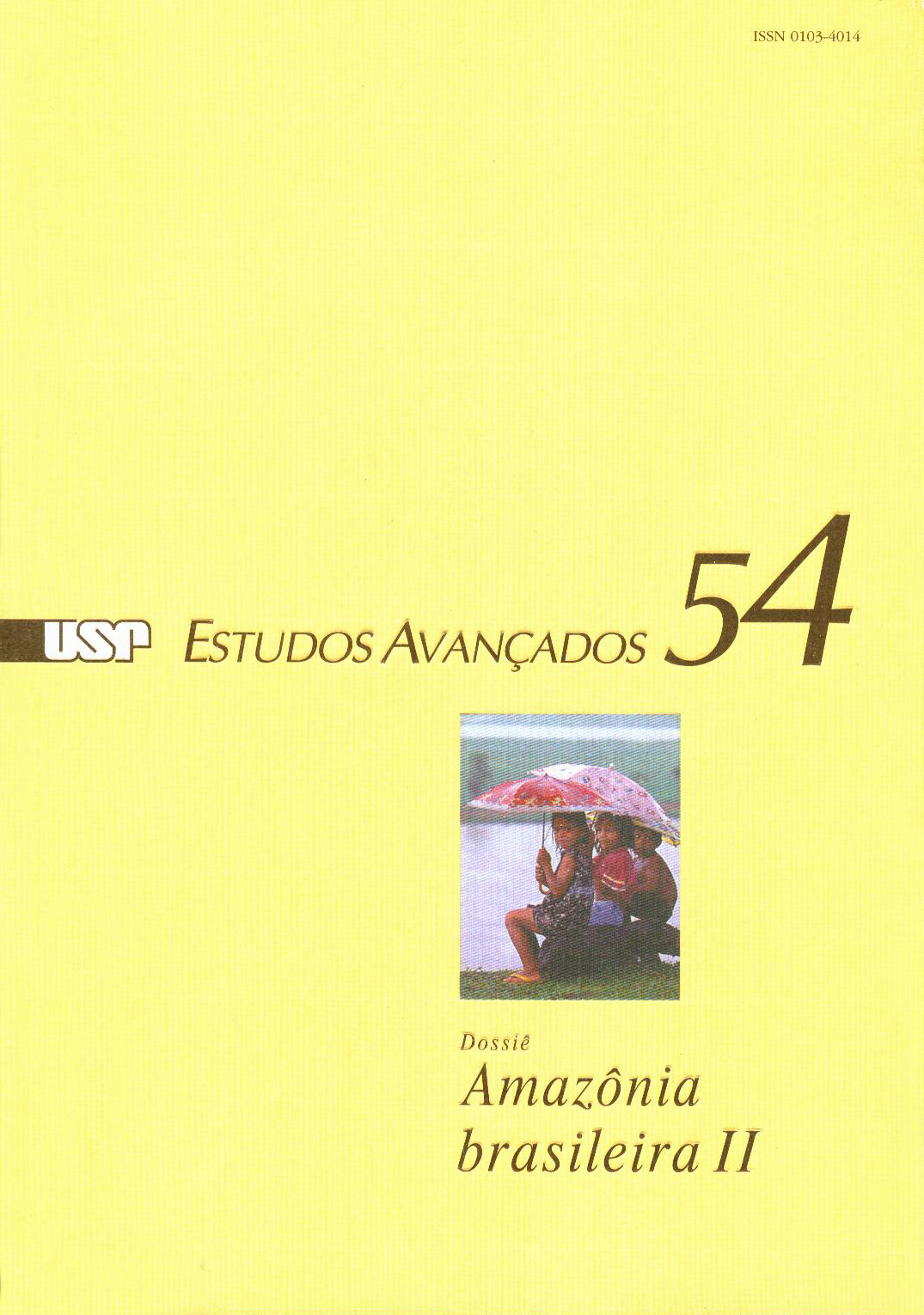Forças de transformação do ecossistema amazônico
Keywords:
Transformation driving forces, colonization, population, deforesrationAbstract
DURING THE first 470 years of the colonization of the Brazilian Amazon, only 1% of the area was deforested. In the last 35 years (1970-2005), however, deforestation has already claimed 17% of the region, whose population increased from two million to over 20 million people. Today, the colonization of the Brazilian Amazon finds itself in a stage of unparalleled expansion, even if fiscal incentives now play a secondary role. In other words, government-driven development has been replaced by private initiatives whose economic activities have become profitable. The main forces of transformation derive from the demands both of the country's domestic markets (especially those in the south and central regions) and of the international marketplace. The main activities responsible for this transformation are logging, cattle raising, grain production, mining, hydroelectric energy production, and oil and energy prospecting. These were invigorated by the implementation of a highway system that now crisscrosses the region from north to south and east to west, replacing or supplementing the navigable rivers used before for transportation.Downloads
Download data is not yet available.
Downloads
Published
2005-08-01
Issue
Section
Dossiê Amazônia Brasileira II
License
Estudos Avançados não celebra contrato de cessão de direitos autorais com seus colaboradores, razão pela qual não detém os direitos autorais dos artigos publicados. Os interessados em reproduzir artigos publicados na revista devem necessariamente obter o consentimento do autor e atribuir devidamente os créditos ao periódico.
How to Cite
Ferreira, A. M. M., & Salati, E. (2005). Forças de transformação do ecossistema amazônico . Estudos Avançados, 19(54), 25-44. https://www.journals.usp.br/eav/article/view/10069


